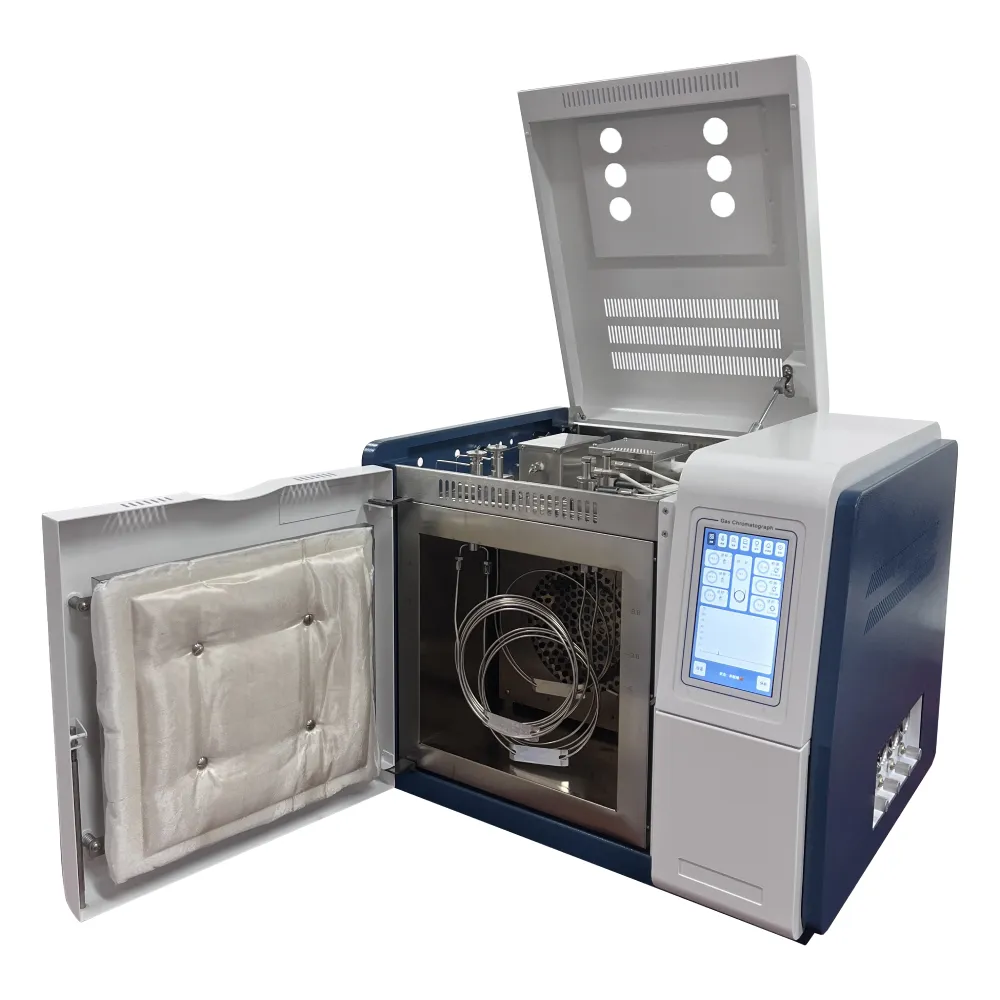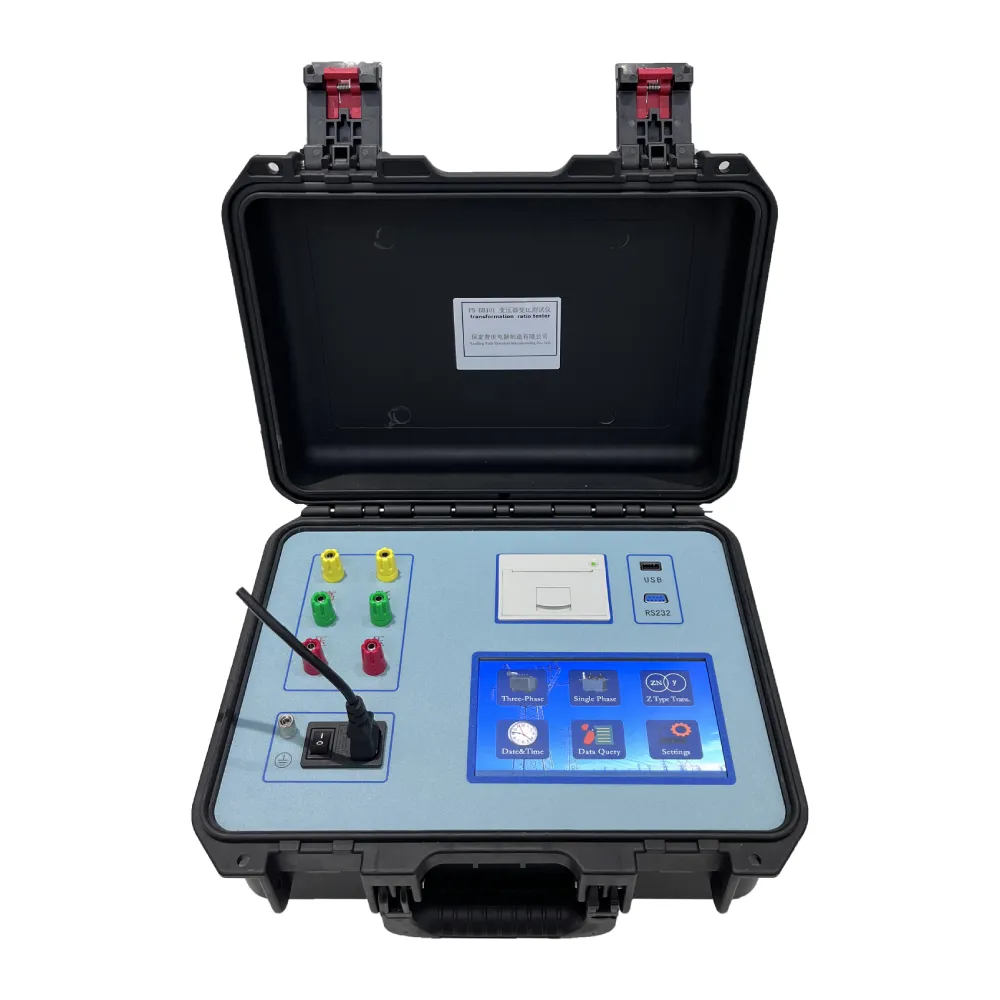TEL:
+86-0312-3189593
 English
English

Telephone:0312-3189593

Email:sales@oil-tester.com

-
 Afrikaans
Afrikaans -
 Albanian
Albanian -
 Amharic
Amharic -
 Arabic
Arabic -
 Armenian
Armenian -
 Azerbaijani
Azerbaijani -
 Basque
Basque -
 Belarusian
Belarusian -
 Bengali
Bengali -
 Bosnian
Bosnian -
 Bulgarian
Bulgarian -
 Catalan
Catalan -
 Cebuano
Cebuano -
 China
China -
 China (Taiwan)
China (Taiwan) -
 Corsican
Corsican -
 Croatian
Croatian -
 Czech
Czech -
 Danish
Danish -
 Dutch
Dutch -
 English
English -
 Esperanto
Esperanto -
 Estonian
Estonian -
 Finnish
Finnish -
 French
French -
 Frisian
Frisian -
 Galician
Galician -
 Georgian
Georgian -
 German
German -
 Greek
Greek -
 Gujarati
Gujarati -
 Haitian Creole
Haitian Creole -
 hausa
hausa -
 hawaiian
hawaiian -
 Hebrew
Hebrew -
 Hindi
Hindi -
 Miao
Miao -
 Hungarian
Hungarian -
 Icelandic
Icelandic -
 igbo
igbo -
 Indonesian
Indonesian -
 irish
irish -
 Italian
Italian -
 Japanese
Japanese -
 Javanese
Javanese -
 Kannada
Kannada -
 kazakh
kazakh -
 Khmer
Khmer -
 Rwandese
Rwandese -
 Korean
Korean -
 Kurdish
Kurdish -
 Kyrgyz
Kyrgyz -
 Lao
Lao -
 Latin
Latin -
 Latvian
Latvian -
 Lithuanian
Lithuanian -
 Luxembourgish
Luxembourgish -
 Macedonian
Macedonian -
 Malgashi
Malgashi -
 Malay
Malay -
 Malayalam
Malayalam -
 Maltese
Maltese -
 Maori
Maori -
 Marathi
Marathi -
 Mongolian
Mongolian -
 Myanmar
Myanmar -
 Nepali
Nepali -
 Norwegian
Norwegian -
 Norwegian
Norwegian -
 Occitan
Occitan -
 Pashto
Pashto -
 Persian
Persian -
 Polish
Polish -
 Portuguese
Portuguese -
 Punjabi
Punjabi -
 Romanian
Romanian -
 Russian
Russian -
 Samoan
Samoan -
 Scottish Gaelic
Scottish Gaelic -
 Serbian
Serbian -
 Sesotho
Sesotho -
 Shona
Shona -
 Sindhi
Sindhi -
 Sinhala
Sinhala -
 Slovak
Slovak -
 Slovenian
Slovenian -
 Somali
Somali -
 Spanish
Spanish -
 Sundanese
Sundanese -
 Swahili
Swahili -
 Swedish
Swedish -
 Tagalog
Tagalog -
 Tajik
Tajik -
 Tamil
Tamil -
 Tatar
Tatar -
 Telugu
Telugu -
 Thai
Thai -
 Turkish
Turkish -
 Turkmen
Turkmen -
 Ukrainian
Ukrainian -
 Urdu
Urdu -
 Uighur
Uighur -
 Uzbek
Uzbek -
 Vietnamese
Vietnamese -
 Welsh
Welsh -
 Bantu
Bantu -
 Yiddish
Yiddish -
 Yoruba
Yoruba -
 Zulu
Zulu
1 月 . 19, 2025 03:26
Back to list
gas chromatography mass spectrometry analysis
Gas chromatography-mass spectrometry (GC-MS) stands as a cornerstone in the realm of analytical chemistry, offering unparalleled insight into the composition of complex mixtures. This process integrates the features of gas chromatography and mass spectrometry to identify different substances within a test sample. The power of GC-MS comes from its ability to not only resolve components in a sample but also provide forensic-level details about their identity and quantity. For professionals and enthusiasts seeking to deepen their understanding or application of GC-MS, embracing its full potential involves drawing from a combination of experience, expertise, authoritativeness, and trustworthiness.
The expansive applications of GC-MS extend into its role in emergent domains like metabolomics and proteomics. Here, it aids in the comprehensive analysis of biological samples, facilitating biomarker discovery and disease diagnostics. This capacity is particularly potent in precision medicine, where GC-MS can help elucidate metabolic profiles and guide personalized therapeutic strategies. Fostering trust in GC-MS extends beyond the laboratory. For consumers, this trust translates to safety in everyday products—from ensuring the purity and potency of pharmaceutical drugs to verifying the absence of pesticides and contaminants in food products. Each reliable result further cements the foundational trust between consumers and the industries employing these technologies. Yet, the future of GC-MS presents exciting challenges and opportunities. Integration with machine learning and artificial intelligence promises enhanced data interpretation and faster throughput. This technological synergy will undoubtedly push the boundaries of what GC-MS can achieve, offering even deeper insights into complex chemical landscapes. In conclusion, the gas chromatography-mass spectrometer remains an essential tool for modern analytical practices. Its effectiveness is amplified by expertise in operation, adherence to authoritative advancements, and a commitment to trustworthiness through validated practices. For those invested in the intersection of engineering excellence and chemical analysis, GC-MS offers a dynamic landscape for ongoing exploration and discovery.


The expansive applications of GC-MS extend into its role in emergent domains like metabolomics and proteomics. Here, it aids in the comprehensive analysis of biological samples, facilitating biomarker discovery and disease diagnostics. This capacity is particularly potent in precision medicine, where GC-MS can help elucidate metabolic profiles and guide personalized therapeutic strategies. Fostering trust in GC-MS extends beyond the laboratory. For consumers, this trust translates to safety in everyday products—from ensuring the purity and potency of pharmaceutical drugs to verifying the absence of pesticides and contaminants in food products. Each reliable result further cements the foundational trust between consumers and the industries employing these technologies. Yet, the future of GC-MS presents exciting challenges and opportunities. Integration with machine learning and artificial intelligence promises enhanced data interpretation and faster throughput. This technological synergy will undoubtedly push the boundaries of what GC-MS can achieve, offering even deeper insights into complex chemical landscapes. In conclusion, the gas chromatography-mass spectrometer remains an essential tool for modern analytical practices. Its effectiveness is amplified by expertise in operation, adherence to authoritative advancements, and a commitment to trustworthiness through validated practices. For those invested in the intersection of engineering excellence and chemical analysis, GC-MS offers a dynamic landscape for ongoing exploration and discovery.
Previous:
Latest news
-
Testing Equipment Industry Sees Major Advancements in 2025: Smart & Precision Technologies Lead the WayNewsJun.06,2025
-
Applications of Direct Current Generators in Renewable Energy SystemsNewsJun.05,2025
-
Hipot Tester Calibration and Accuracy GuidelinesNewsJun.05,2025
-
Digital Circuit Breaker Analyzer Features and BenefitsNewsJun.05,2025
-
Benefits of Real-Time Power Quality Monitoring Devices for Industrial EfficiencyNewsJun.05,2025
-
Earth Fault Loop Testing in High-Rise Building Electrical SystemsNewsJun.05,2025



